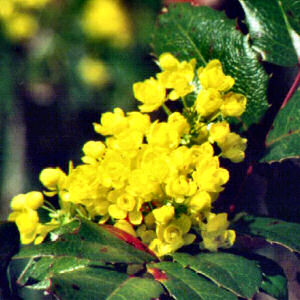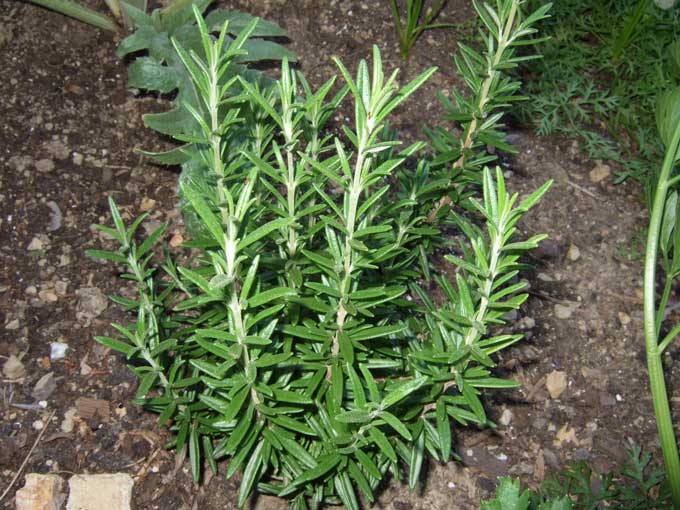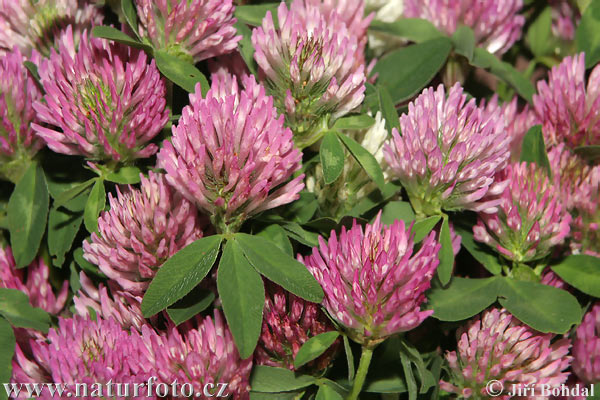
When poor eyesight is caused by a lack of nutrients, herbs can restore eyesight safely and sometimes very quickly. My husband is a good testimonial for this wonderful herbal “side effect.” When I met him he wore glasses, he had chronic sinusitis that was long standing, and he was getting shots in his nose by his allergist, which didn’t seem to alleviate his suffering much. He suffered from stress because of his high-pressure job and other circumstances at the time. He also had mild digestive and intestinal distress and symptoms of fluctuating blood sugar.
The last thing I was concerned about for him was his eyesight. But I think it’s interesting to note how these other problems may tie in with vision.
Here’s the herbal program I put him on:
A combination for stress that included: chamomile flowers, passion flowers, hops flowers, fennel seeds, marshmallow root, and feverfew herb. A combination for his allergies that included: burdock root, ephedra, golden seal, capsicum, parsley, horehound, althea, and yerba santa. Bifidophilus to improve his digestion and absorption of nutrients. A fiber supplement for his bowel that included a mixture of psyllium, oat, and apple fibers.
A soothing combo for his digestive tract that contained: slippery elm bark, marshmallow
root, plantain herb, chamomile flowers, rose hips, and bugleweed herb.
Licorice root to help his body produce natural cortisone (he was getting cortisone shots in
his nose, and so he thought he’d try this natural alternative). Licorice root also balances
the blood sugar levels, which can have an effect on eyesight.
An enzyme designed to help him break down proteins. The enzyme also included hydrochloric acid.
And a combination to support his blood sugar levels and nourish the prostate that included:
golden seal, juniper berries, uva ursi leaves, cedar berries, mullein leaves, garlic bulb,
yarrow flowers, slippery elm bark, capsicum fruit, dandelion root, marshmallow root,
nettle herb, white oak bark, and licorice root. Within two weeks on this program, he was absolutely amazed to find that his sinuses cleared up almost entirely. Within two months he was completely Kleenex-free! His digestion improved dramatically, his stress level eased, and he became even more grateful he met me! However, after about four months using the herbs he began to get headaches. We finally came to the conclusion that his prescription glasses probably needed an update.
They sure did! A trip to see his eye doctor resulted in the recycling of his glasses because his vision had returned to 20/20! It’s nice to know that herbs can fill in nutritional voids and that your body will begin to restore the undernourished areas whether you “focus” on a particular ailment or not. That was over four years ago, my husband still takes his daily herbal supplements and continues to be sinusitis- and eyeglass-free!



 A fever occurs when the body temperature is abnormally high. Most of the time, the body temperature rises in an attempt to burn off some type of bug or toxin. Fevers can be triggered by viral or bacterial infections of many kinds. You can think of a fever as your friend, helping you to burn off foreign invaders. Herbs will help you assist your fever and can fast-forward you to recovery.
A fever occurs when the body temperature is abnormally high. Most of the time, the body temperature rises in an attempt to burn off some type of bug or toxin. Fevers can be triggered by viral or bacterial infections of many kinds. You can think of a fever as your friend, helping you to burn off foreign invaders. Herbs will help you assist your fever and can fast-forward you to recovery.











 For diarrhea caused by any condition, an astringent herb can be used to contract tissues and slow things down. A good single herb used to combat the problem is bayberry (Myrica cerifera), not to be confused with barberry (Berberis vulgaris). For its best use against diarrhea, bayberry should be made into a decoction or tea. If bayberry cannot be found, blackberry tea also works very well. Taking either of these herbs in a capsule form is helpful as well; however, the results may take longer in a pill form because the capsules require digestion.
For diarrhea caused by any condition, an astringent herb can be used to contract tissues and slow things down. A good single herb used to combat the problem is bayberry (Myrica cerifera), not to be confused with barberry (Berberis vulgaris). For its best use against diarrhea, bayberry should be made into a decoction or tea. If bayberry cannot be found, blackberry tea also works very well. Taking either of these herbs in a capsule form is helpful as well; however, the results may take longer in a pill form because the capsules require digestion.









 Pau d’arco (Tabebuia avellanedae) (pronounced paw dee-arc-oh) and also commonly referred to as Taheebo tea, is the bark of a tropical tree found mostly in Brazil and Argentina. The tree is known for its ability to resist fungus growth even though it exists in a tropical (and, thus, ideal for fungus) area. Used by the Inca Indians as an immunity tonic, pau d’arco has served many well in fighting cancer and melting tumors.
Pau d’arco (Tabebuia avellanedae) (pronounced paw dee-arc-oh) and also commonly referred to as Taheebo tea, is the bark of a tropical tree found mostly in Brazil and Argentina. The tree is known for its ability to resist fungus growth even though it exists in a tropical (and, thus, ideal for fungus) area. Used by the Inca Indians as an immunity tonic, pau d’arco has served many well in fighting cancer and melting tumors.

 Constipation is a problem that most everyone suffers from at some time or another, whether they know it or not. Indeed, most of us are not as bowel-conscious as we ought to be. But how could we be constipated without knowing it? Well, the bowel is a tube that can stretch to many times its normal size. We can harbor old fecal matter, undigested foods, parasites, and other things that are compacted on the sides of the colon walls. I consider this condition of the bowel to be constipated because the feces is still compacted in the bowel, even though there may be a tunnel of space through the middle allowing the person to pass some waste material through. This means that a person can still be eliminating daily wastes through the bowel, however, not all the waste is being dislodged.
Constipation is a problem that most everyone suffers from at some time or another, whether they know it or not. Indeed, most of us are not as bowel-conscious as we ought to be. But how could we be constipated without knowing it? Well, the bowel is a tube that can stretch to many times its normal size. We can harbor old fecal matter, undigested foods, parasites, and other things that are compacted on the sides of the colon walls. I consider this condition of the bowel to be constipated because the feces is still compacted in the bowel, even though there may be a tunnel of space through the middle allowing the person to pass some waste material through. This means that a person can still be eliminating daily wastes through the bowel, however, not all the waste is being dislodged.










 This list details some helpful things you can do to deal with the panic factor that comes when diagnosed with cancer. Engrain these thoughts in your heart and mind; they will help you understand the situation you are in and will empower you to make a choice.
This list details some helpful things you can do to deal with the panic factor that comes when diagnosed with cancer. Engrain these thoughts in your heart and mind; they will help you understand the situation you are in and will empower you to make a choice.




